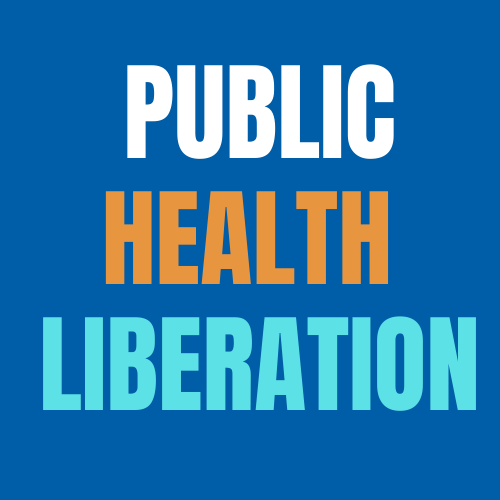PHL Challenge
Systems Thinking and the Social Determinants of Health
A principle of Public Health Liberation is that we must find opportunities to further health equity anywhere we can get it. That requires that we are vigilant and aware of changes across economic, political, and social systems. The Flint Crisis has taught public health that we need to be at every table of accountability when decisions are being made. In addition to traditional forms, preventative public health seeks innovation to address health inequity.
We invite our readers to the PHL Challenge. Choose one of the following challenges, then submit your response using the form below. We will feature you, your organization (if applicable), and your response in subsequent issues of our newsletter and on our website. You can also choose to create your own challenge using a similar framing.
A principle of Public Health Liberation is that we must find opportunities to further health equity anywhere we can get it. That requires that we are vigilant and aware of changes across economic, political, and social systems. The Flint Crisis has taught public health that we need to be at every table of accountability when decisions are being made. In addition to traditional forms, preventative public health must occur throughout policy and political governance.
We invite our readers to the PHL Challenge. Choose one of the following challenges, then submit your response on our website here.
1. Identify the economic policy agenda for your city or region. This can usually be found through an Internet search. Does it contain any health objectives? How does this plan disadvantage certain communities?
2. Section 501(r)(3)(A) requires a hospital organization to conduct a community health needs assessment (CHNA) every three years and to adopt an implementation strategy to meet the community health needs identified through the CHNA. Locate the CHNA for a nearby hospital. Analyze at least one CHNA and determine whether the implementation strategy is thoroughly explained and sufficiently provides data on impacting community health.
3. Attend a Housing Authority Board meeting or view a recording for a local community with which you are familiar. Provide your reflections.
4. Review ProPublica's Map of cancer-causing industrial air pollution in the U.S for a community with which you are familiar. Describe the social, political, and economic drivers of this health inequity. Describe the communities within these hotspots?
5. Describe forms of community resilience and mobilization in a familiar community. Provide a description of a community group's history, membership, and actions to address a health issue(s). How do they engage their members or constituents? How responsive are elected or public officials to this group's political engagement?
6. Review pending legislation impacting public health for your city or state. You can find state-level legislation here. Identify groups in your city or town that have formed or could form a coalition to pass this legislation. What work could this coalition do to help pass the legislation. What might be some of the messaging and strategies?
7. Identify a vulnerable community in terms of health inequity and conduct a geographic-based social system analysis. What are factors that promote or hinder community resilience? How does information flow through the social system? Is it hierarchical, matriarchal, closed? What is in- and out-migration? How does the community meet social needs? Are their community or public areas for social capital building? How historic is the community? Does the community have cultural resources? What are the key social institutions? What can be done to improve social system functioning?
8. Describe political governance in your city or town? Is one political party in charge of city policy? Is the political establishment responsive to all communities' needs and interests? What communities tend to have the ear of political officials and why?
9. Equal Protection under the 14th Amendment to the US Constitution guarantees a governmental body may not deny people equal protection and must treat an individual in the same manner as others in similar conditions and circumstances. After reviewing this article or others from your research, where might you believe that equal protection is denied for certain individuals or groups in your city or town. Limit your description to an issue impacting health of an individual or community. Describe what claims on injury would be made, the specific policies that were set into motion, and what level of scrutiny should be used and why?


